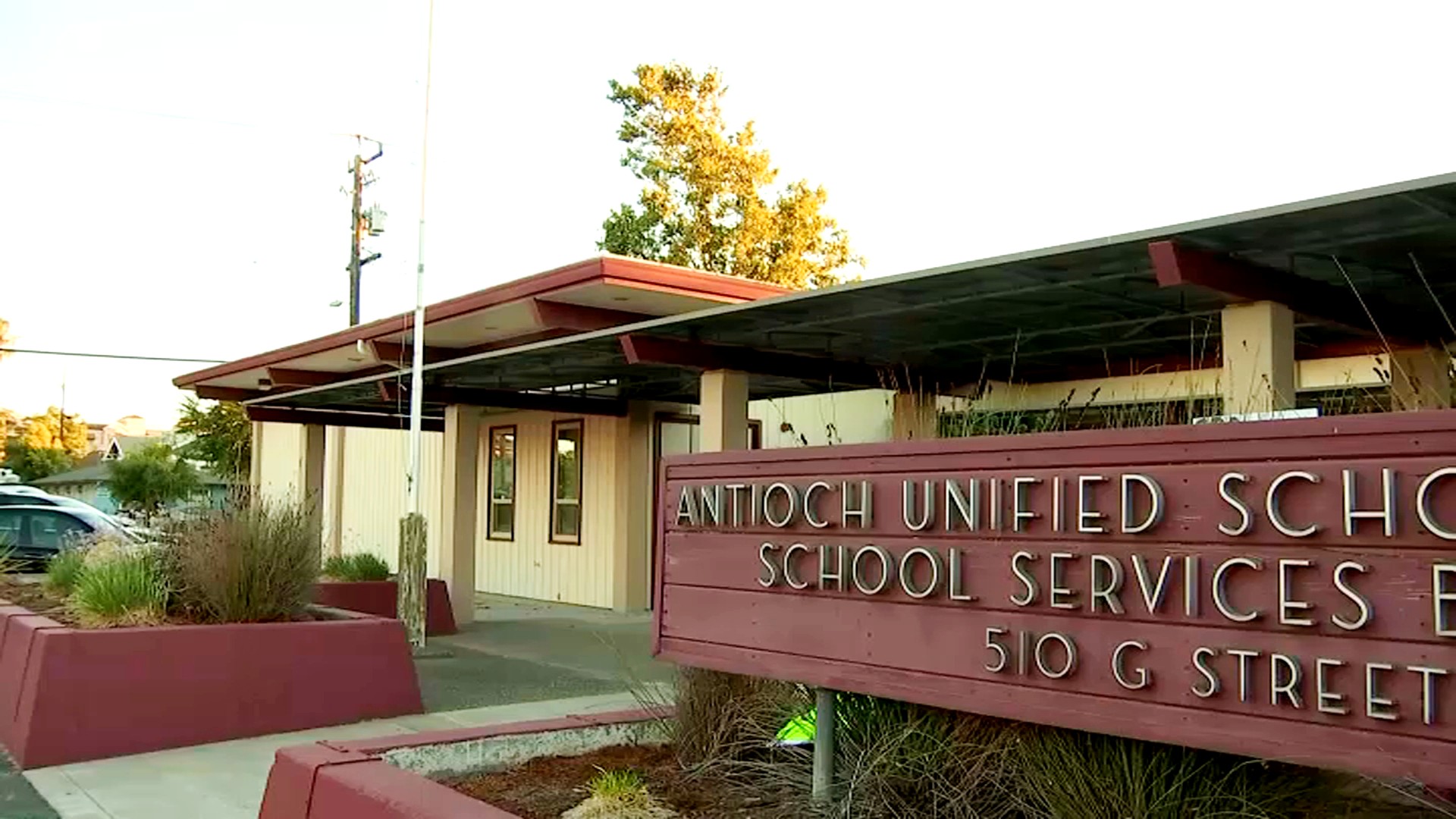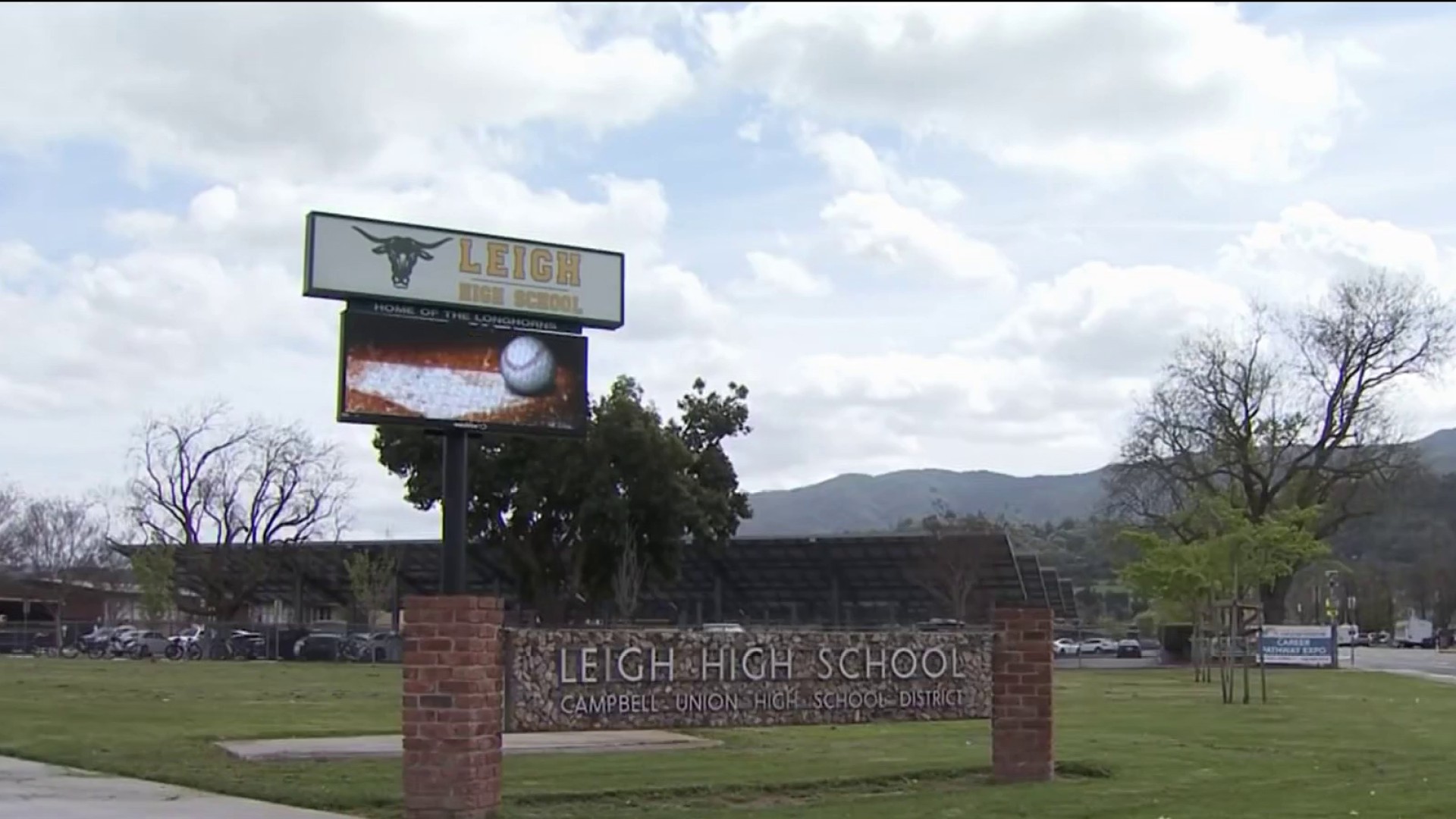PG&E has tens of thousands of miles of aging power lines that can pose a “serious safety risk” of remaining live and triggering wildfires, according to an electrical distribution system risk analysis done by an outside consultant for state regulators.
Citing “serious safety issues,” the Pennsylvania-based Liberty Consulting Group found in May 2013 that the bulk of PG&E power lines lack modern in-line grounding technology.
PG&E records show that in the case of the Nuns Fire, two separate “broken” power poles were reported along Highway 12, north of Glen Ellen.
That’s also where Cal Fire pinpointed the origin of the blaze that killed two people.
State Sen. Jerry Hill (D-San Mateo) wonders whether the warnings contained in the 2013 risk analysis commissioned by the state’s Public Utilities Commission came true in the North Bay firestorm.
PG&E has filed regulatory reports about its equipment tied to the blazes that destroyed more than 6,000 structures and claimed 43 lives.
“We’ve got an old system, that is prone to more problems and because of that, we’re in a vulnerable position,” Hill said. “And that’s what can lead to fires.”
Local
PG&E says it has made changes since the 200-page Liberty report, which identified three “significant safety issues” with its electrical distribution system that lead to live wires remaining on the ground unattended, possibly sparking wildfires.
The consultants did not respond to requests for comment about the report, which identified 60 percent of the company’s 113,000 miles of power lines as being at-risk of sudden failure.
About a fifth of the system – 22,000 miles -- is copper wire, considered frail, “obsolete” and “more subject to breakage as it ages,” the report noted.
Another 47,000 miles is a wire that is steel reinforced aluminum, which can be prone to pitting and corrosion, the report found.
But topping the list of concerns for the consultants was about three quarters of the system – some 87,000 miles -- of 12,470 volt lines. These three-wire lines lack modern in-line grounding technology that has been available for the last four decades, the consultants say. They credit the so called four wire technology that allows for rapid shutdowns.
Because the three wire lines lack a ground wire, the consultants concluded, PG&E can’t always isolate the problem remotely or shut them down quickly from a control center.
Instead, they stay live on the ground when they fall, posing a danger of injuries and fire.
“This phenomenon,” the experts concluded, “has contributed to a number of fatalities and injuries.”
The consultants found that 36 percent of the time, and many times daily, PG&E crews have to respond to get the job done.
“That’s really troubling,” Hill said of the findings.
“When a hot wire is (exposed), or a wire is broken or falls to the ground, it could take 45 minutes to turn off – it’s just sitting there starting one fire after another as it moves around.”
In a statement, PG&E said the utility has made “significant” progress since the Liberty report, with $15 billion in upgrades, including three new electrical system control centers.
Still, even after those improvements, PG&E says it still has to send crews in about one out of four incidents involving downed 12,470 volt lines.
Dan Mulkey, a retired 42-year PG&E engineer, says the problem is that those 12,470 volt lines only register a surge about half the time.
That means that even with PG&E’s newly upgraded control system, crews have to come out and shut down power manually so as not to leave people in the dark for no reason.
“Protection isn’t a science, it’s an art,” said Mulkey, now a private consultant. “You’re trying to balance between giving people power and making the system safe – and there isn’t a clear solution.”



